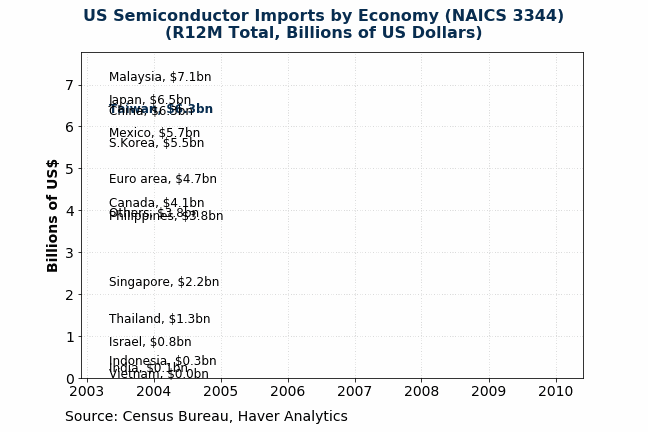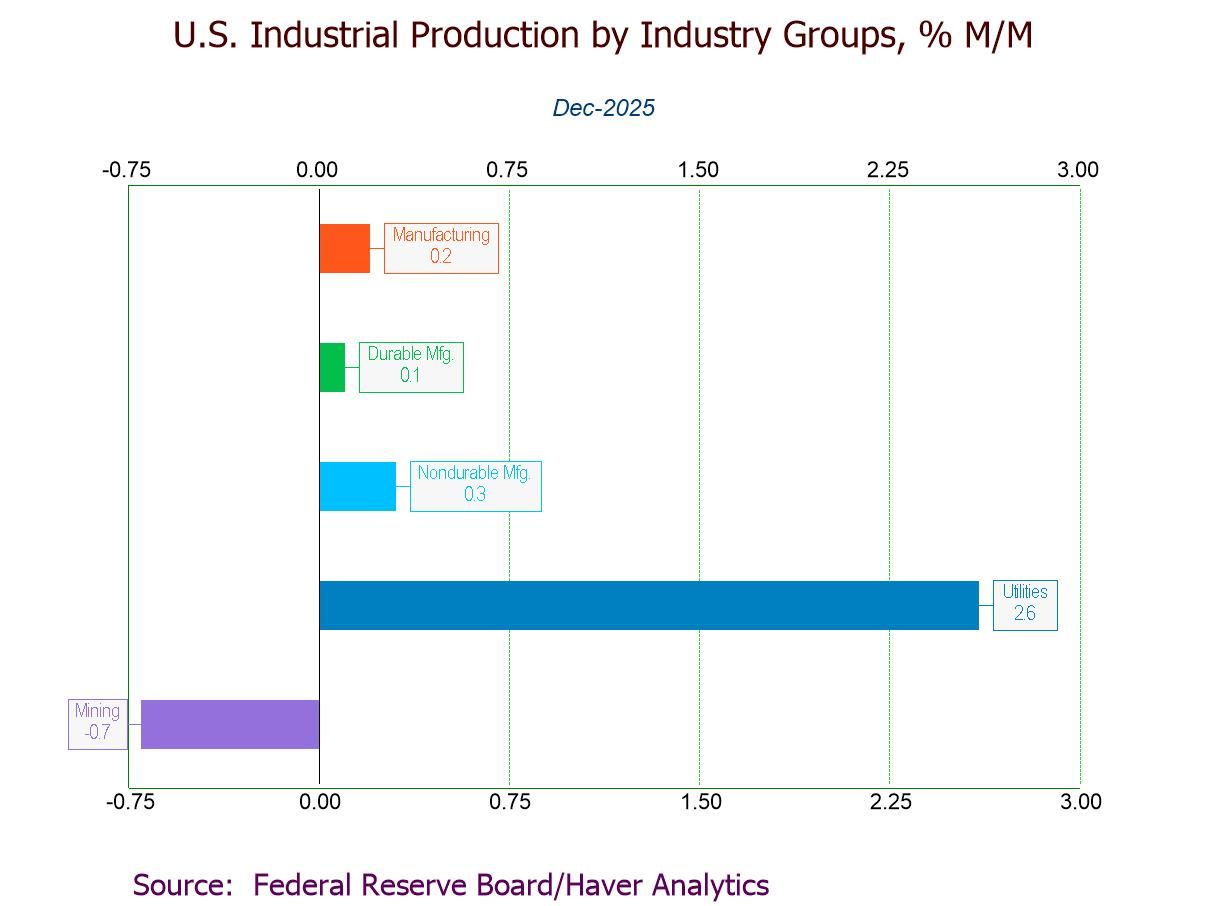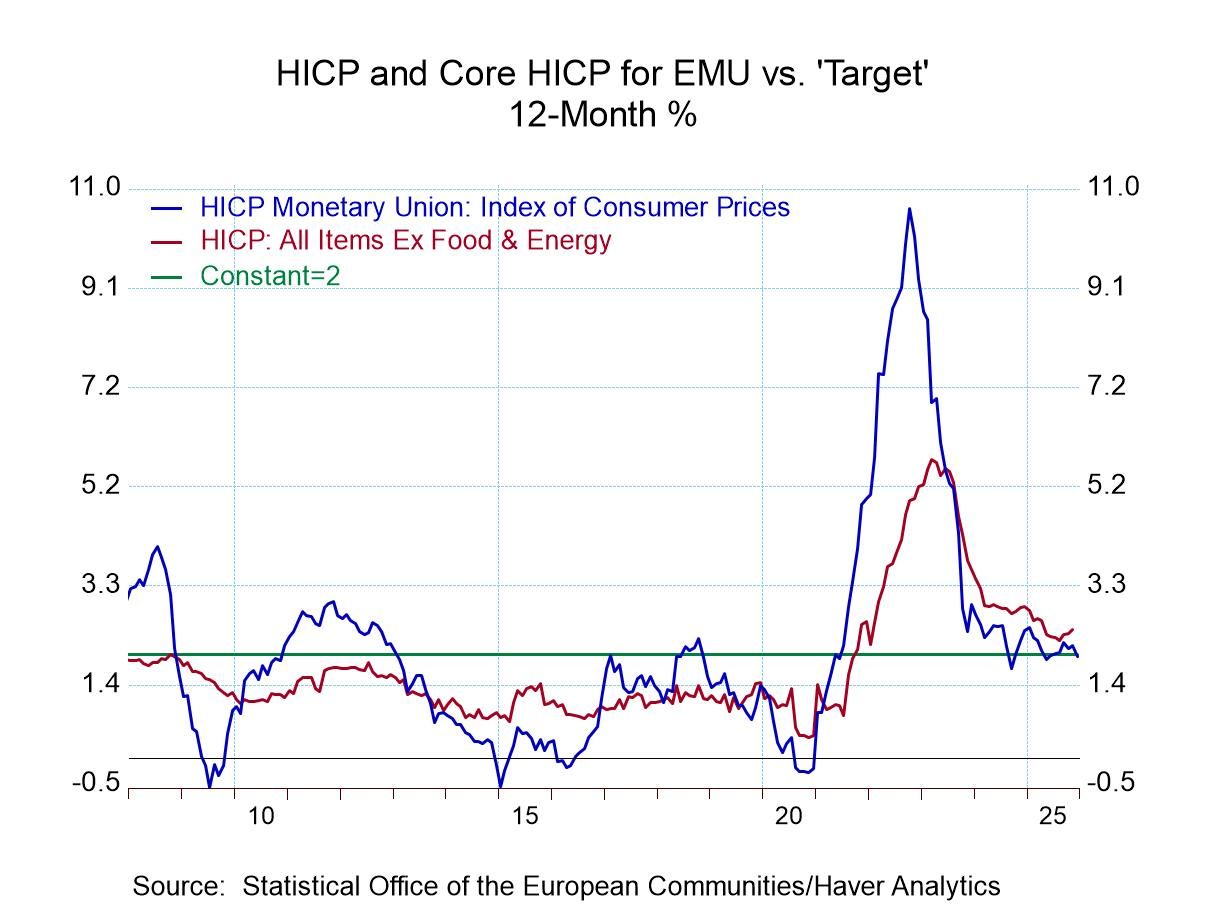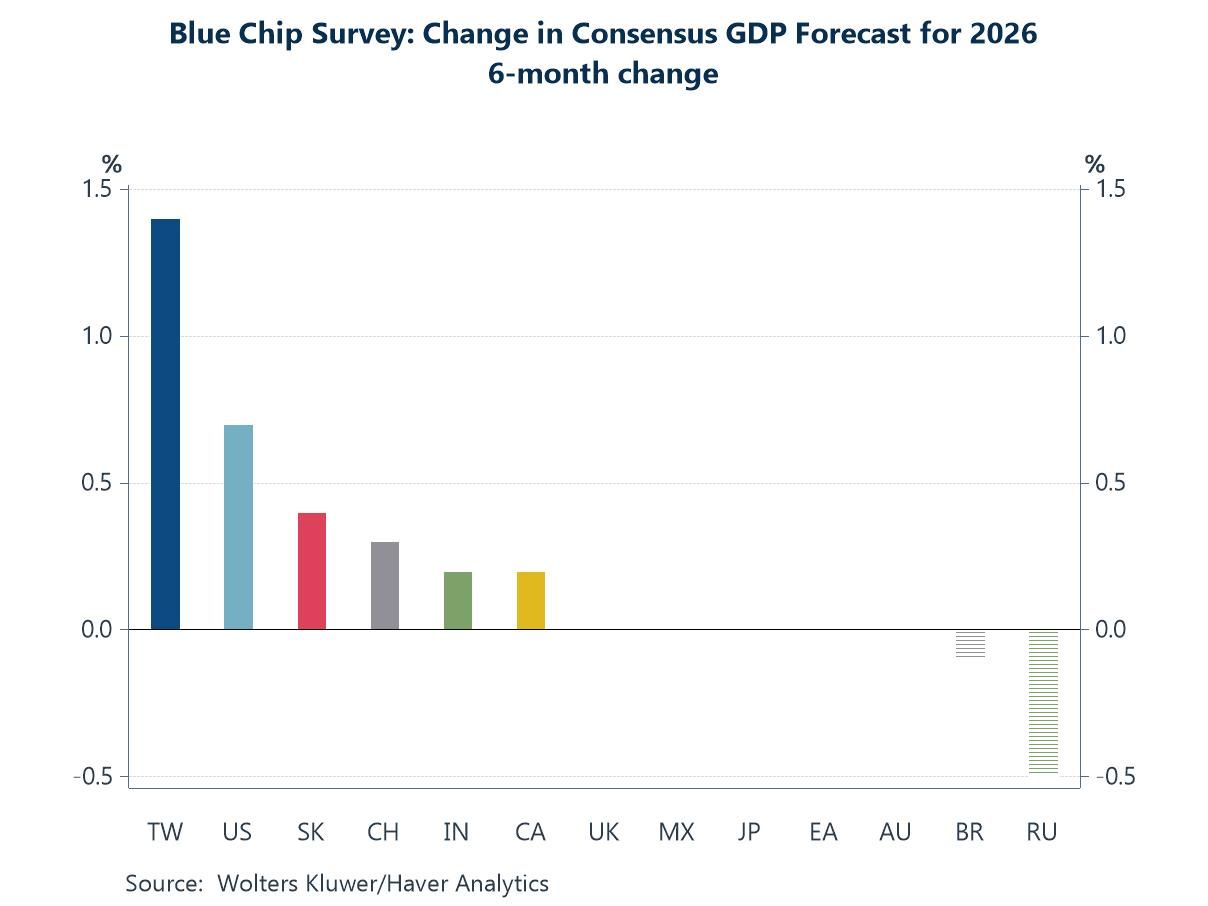U.S. Pending Home Sales Unchanged in November
Summary
- PHSI 0.0% m/m (-5.2% y/y) in Nov. after falling in Oct.
- Month over month, pending home sales rise in three major regions but decline in the South.
- Year over year, sales drop in all four regions, w/ single-digit y/y falling rates, less severe than in Nov. ’22.
- With mortgage rates declining further, home-buying activity will likely improve in 2024.


The Pending Home Sales Index, a forward-looking measure of home sales based on contract signings, was unchanged m/m at 71.6 in November after a 1.2% decline in October (-1.5% initially) and a 1.0% increase in September, according to the National Association of Realtors (NAR). The latest PHSI was lower than 75.5 in November 2022. The year-on-year rate of decline was -5.2% in November, less severe than -8.2% in October and -36.8% in November 2022. The PHSI had fallen 44.1% since its August 2020 high of 128.0.
The stability in November sales occurred as the average rate on a 30-year mortgage fell to 7.44% in November after rising to 7.62% in October. Those rates were well above a low of 2.68% averaged in December 2020. Notably, the 30-year mortgage rate declined to 6.61% in the December 28 week after falling to 6.67% in the December 21 week, registering the lowest level since the May 25 week.
Pending home sales rose in November in all the major regions in the country except in the South. Sales in the West grew 4.2% (-4.9% y/y) in November, the first m/m increase since July, after a 6.0% decline in October. Sales in the Northeast rose 0.8% (-6.4% y/y) on top of a 1.3% October rise and sales in the Midwest rose 0.5% (-2.2% y/y) after a 2.3% October gain; both posted the third straight m/m increase. To the downside, sales in the South slid 2.3% (-6.5% y/y) in November, the third m/m slide in four months, after a 2.4% drop in October.
The pending home sales index measures sales at the time the contract for the purchase of an existing home is signed, similar to the Census Bureau's new home sales data. In contrast, the National Association of Realtors' existing home sales data are recorded when the sale is closed, which is usually a couple of months after the sales contract has been signed. In developing the pending home sales index, the NAR found that the level of monthly sales contract activity leads the level of closed existing home sales by about two months.
The series dates back to 2001 and are available in Haver's PREALTOR database. Weekly mortgage interest rates from the Mortgage Bankers Association can be found in the WEEKLY database.
Winnie Tapasanun
AuthorMore in Author Profile »Winnie Tapasanun has been working for Haver Analytics since 2013. She has 20+ years of working in the financial services industry. As Vice President and Economic Analyst at Globicus International, Inc., a New York-based company specializing in macroeconomics and financial markets, Winnie oversaw the company’s business operations, managed financial and economic data, and wrote daily reports on macroeconomics and financial markets. Prior to working at Globicus, she was Investment Promotion Officer at the New York Office of the Thailand Board of Investment (BOI) where she wrote monthly reports on the U.S. economic outlook, wrote reports on the outlook of key U.S. industries, and assisted investors on doing business and investment in Thailand. Prior to joining the BOI, she was Adjunct Professor teaching International Political Economy/International Relations at the City College of New York. Prior to her teaching experience at the CCNY, Winnie successfully completed internships at the United Nations. Winnie holds an MA Degree from Long Island University, New York. She also did graduate studies at Columbia University in the City of New York and doctoral requirements at the Graduate Center of the City University of New York. Her areas of specialization are international political economy, macroeconomics, financial markets, political economy, international relations, and business development/business strategy. Her regional specialization includes, but not limited to, Southeast Asia and East Asia. Winnie is bilingual in English and Thai with competency in French. She loves to travel (~30 countries) to better understand each country’s unique economy, fascinating culture and people as well as the global economy as a whole.




 Asia
Asia

